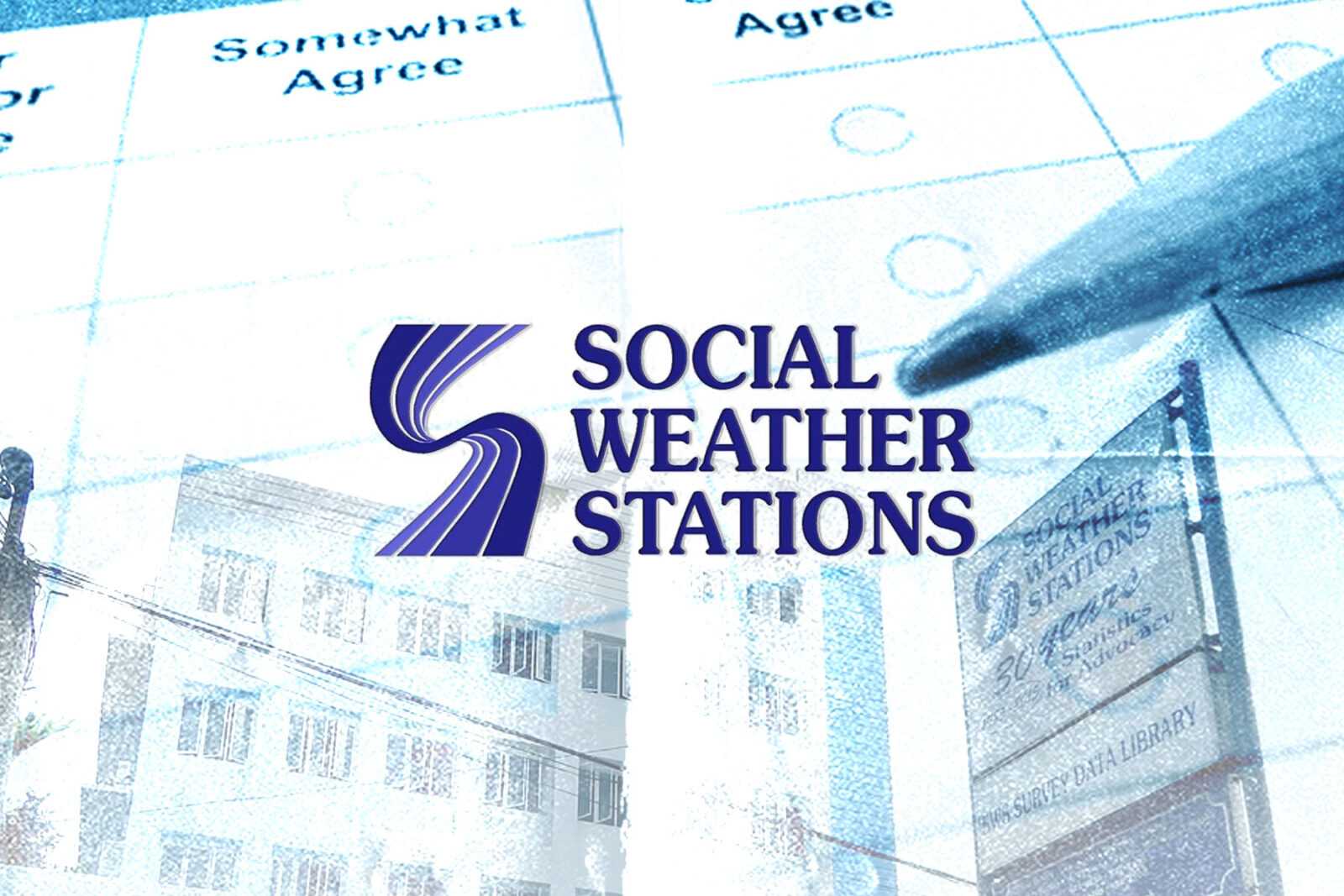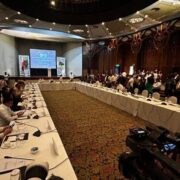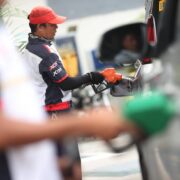50% Filipinos consider themselves ‘poor’

Five out of 10 Filipino families rate themselves as poor, according to the latest Social Weather Survey released Thursday.
The survey, conducted from September 24 to 30, found that 50 percent of respondents, or an estimated 14.2 million Filipino families, rate themselves as “mahirap” or “poor,” while 38 percent rate themselves as “hindi mahirap” or “not poor.” Meanwhile, 12 percent rated themselves as “borderline” (on the line dividing “poor” and “not poor”).
The September result for self-rated poor families was 1 point above the 49 percent in June (roughly 13.7 million families) and the same as the 50 percent in late April. On the other hand, the September result for “not poor” was 3 points below the 41 percent in June, and the result for “borderline” was 2 points up from 10 percent in June.
Self-rated poverty was at its highest in Mindanao at 69 percent (unchanged from June’s result), followed by the Visayas at 54 percent (down 6 points from 60% in June), Metro Manila at 43 percent (up 7 points from 36 percent), and Luzon outside Metro Manila at 42 percent (up 4 points from 38 percent).
Meanwhile, the rate for “not poor” fell from 57 percent in June to 51 percent in Metro Manila, 28 percent to 23 percent in the Visayas and 52 percent to 49 percent in Luzon outside Metro Manila. In Mindanao, the score barely moved from 21 percent to 20 percent.
The percentage of “borderline” families rose sharply from 12 percent to 24 percent in the Visayas, but hardly changed in other areas (from 8 percent to 7 percent in Metro Manila, 10 percent to 9 percent in Luzon outside Metro Manila, and 10 percent to 11 percent in Mindanao).
On the other hand, 41 percent of families rated themselves as “food-poor” (unchanged since April 2025). While 47 percent rated themselves as “not food-poor” (falling slightly from 49 percent in June), 11 percent rated themselves as “food borderline” (barely moving from 10 percent).
Self-rated food poverty was again at its highest in Mindanao at 61 percent (hardly moved from 60 percent in June). It was followed by the Visayas at 40 percent (down 4 points from 44 percent), Metro Manila at 35 percent (up 4 points from 31 percent), and Luzon outside Metro Manila at 33 percent (hardly moved from 34 percent).
The survey used face-to-face interviews with 1,500 adults and had sampling error margins of plus-or-minus 3 percent for national percentages, plus-or-minus 4 percent for Luzon outside Metro Manila, and plus-or-minus 6 percent each for Metro Manila, the Visayas, and Mindanao.

















